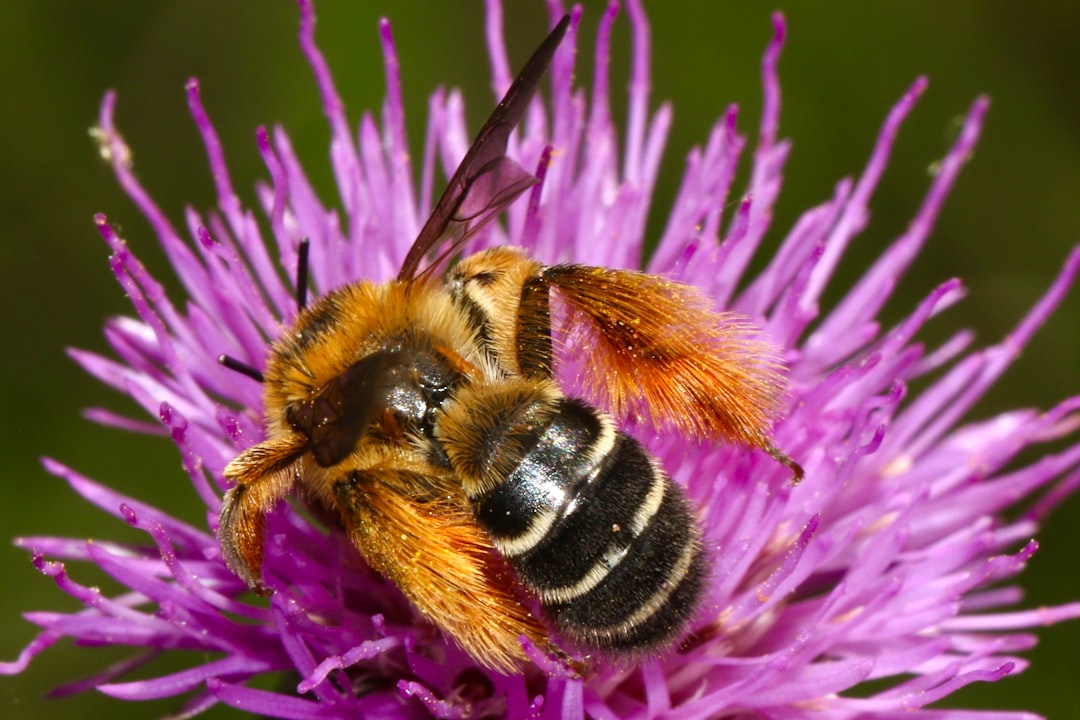Honey bees are among the most vital pollinators, playing a crucial role in maintaining ecosystem health and food security. Their nutrition is central to their well-being, with pollen and nectar being the primary sources of essential nutrients. However, forage scarcity has become a significant challenge, impacting bee health and colony resilience. Here, we explore the importance of honey bee nutrition and strategies to address forage scarcity.
Nutritional Requirements of Honey Bees
Honey bees require a balanced diet that includes:
-
Pollen: This is the primary source of protein, essential for brood development and overall colony health. Pollen provides amino acids, lipids, vitamins, and minerals, with its nutritional value varying significantly depending on the plant species.
-
Nectar: Rich in carbohydrates, nectar serves as the primary energy source for bees. It is converted into honey, which is stored for future use.
-
Water: Essential for hydration and cooling the hive through evaporation.
The Impact of Forage Scarcity
Forage scarcity can lead to nutritional deficiencies, affecting bee health and colony productivity:
-
Reduced Brood Rearing: Insufficient pollen can limit brood development, impacting colony growth and resilience.
-
Increased Disease Susceptibility: Bees with poor nutrition are more susceptible to diseases and parasites.
-
Accelerated Behavioral Maturation: Food shortages can lead to earlier foraging, which may reduce bee lifespan and colony stability.
Strategies to Address Forage Scarcity
To ensure diverse pollen and nectar sources, consider the following strategies:
-
Plant Diverse Forage Crops:
-
Incorporate a variety of flowering plants in agricultural landscapes to provide consistent nectar and pollen sources throughout the year.
-
Leguminous plants like clover and vetches are particularly beneficial due to their high-quality pollen.
-
-
Preserve Semi-Natural Habitats:
-
These areas provide essential floral resources and help mitigate the impacts of food shortages on bee colonies.
-
-
Bee-Friendly Landscapes:
-
Encourage urban and rural communities to create bee-friendly gardens with diverse flowering plants, supporting local pollinator populations.
-
-
Monitor and Manage Hive Nutrition:
-
Regularly assess pollen stores and consider supplementing with protein sources during shortages. However, natural forage is generally more effective than supplements.
-
Conclusion
Ensuring access to diverse pollen and nectar sources is crucial for maintaining healthy honey bee colonies. By addressing forage scarcity through strategic planting, habitat preservation, and nutritional management, we can support these vital pollinators and contribute to the sustainability of our ecosystems. Whether you're a beekeeper, farmer, or simply a nature enthusiast, promoting bee-friendly environments is essential for the long-term health of honey bee populations.
Citations:
- https://canr.udel.edu/maarec/wp-content/uploads/sites/18/2010/05/Honey-bee-nutrition-MAAREC-1.pdf
- https://www.nature.com/articles/s41598-023-42102-4
- https://pubmed.ncbi.nlm.nih.gov/39111415/
- https://utia.tennessee.edu/publications/wp-content/uploads/sites/269/2023/10/W1152.pdf
- https://savethebee.org/what-honey-bees-eat/
- https://www.choicesmagazine.org/choices-magazine/theme-articles/pollination-service-markets-evolution-and-outlook/honey-forage-and-almond-pollinating-honey-bees
- https://bee-health.extension.org/honey-bee-nutrition/
- https://www.aces.edu/blog/topics/bees-pollinators/nectar-and-pollen-producing-plants-of-alabama-a-guide-for-beekeepers/
- https://www.apicultural.co.uk/the-need-for-adequate-forage-and-nutrition-for-honey-bees
- https://www.mdpi.com/2075-4450/16/1/97
- https://www.gardenersworld.com/how-to/grow-plants/nectar-and-pollen-throughout-the-year/
- https://pmc.ncbi.nlm.nih.gov/articles/PMC6911205/
- https://www.dpi.nsw.gov.au/animals-and-livestock/bees/management/nutrition2/nutritional-requirements-of-honey-bees

Comments
No comments yet. Be the first to comment!
You must be logged in to comment. Login